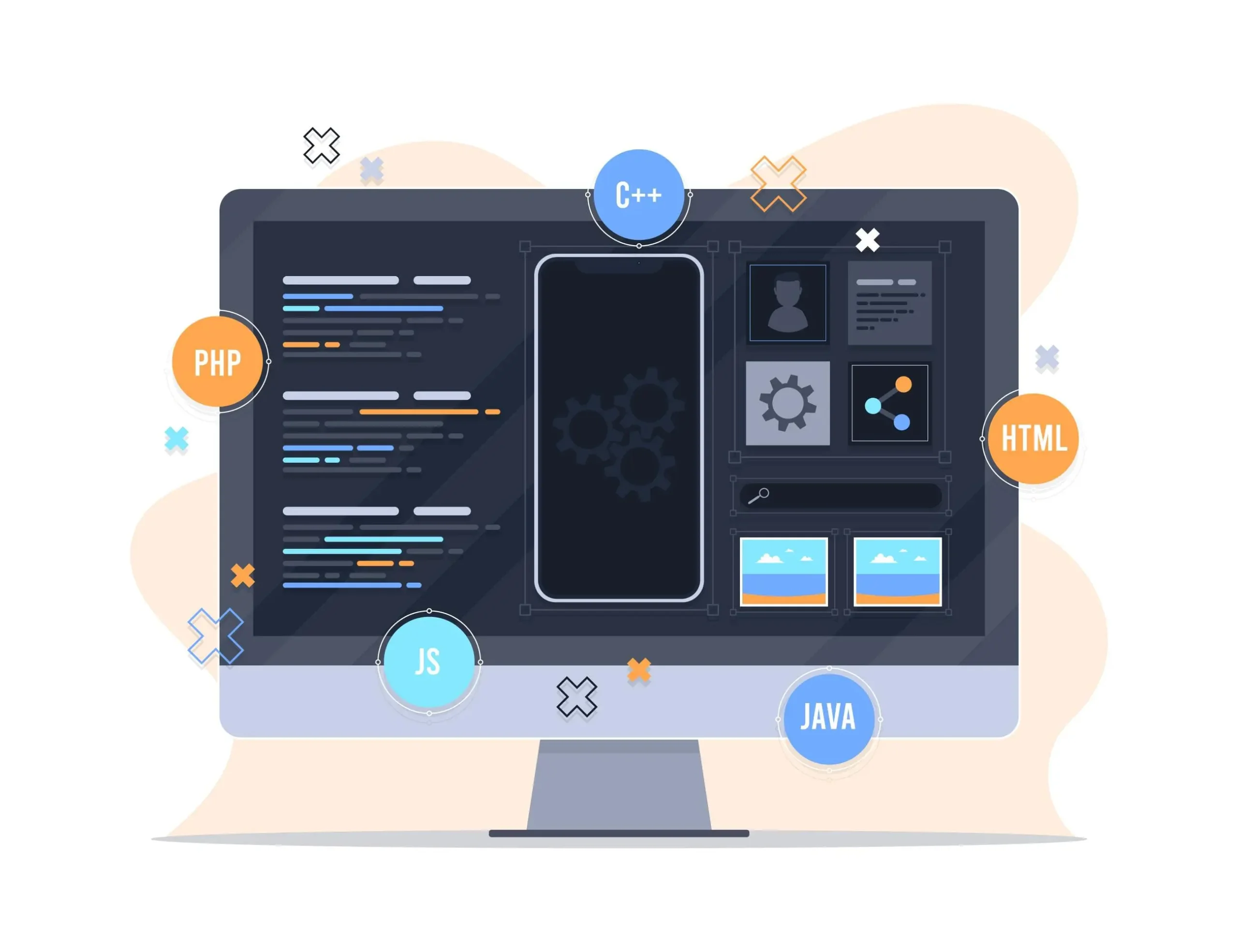
Difference between Front-End and Back-End Development?
Understanding the distinctions between front-end and back-end development is crucial for creating effective and dynamic websites and applications. Each side of development has its own set of roles, languages, frameworks, and responsibilities. Let’s dive into the key differences between front-end and back-end development, their respective languages and frameworks, and explore the concept of full-stack development.
Front-End Development
Front-end development focuses on the client side of a web application. This is what users interact with directly. It includes everything that users see and experience in their browsers.
- Front-End Languages: HTML, CSS, and JavaScript are the primary languages used in front-end development. HTML structures the content, CSS styles it, and JavaScript makes it interactive.
- Front-End Frameworks: Popular frameworks and libraries include React, Angular, and Vue.js. These tools streamline the development process, making it easier to build complex user interfaces.
Front-end developers ensure that websites are visually appealing and provide a smooth user experience. They work on everything from layout and design to animations and responsiveness, ensuring the site looks good on all devices.
Back-End Development
Back-end development involves the server side of a web application. This part is not visible to users but is crucial for the functionality of the site.
- Back-End Languages: Common languages include Python, Java, Ruby, PHP, and Node.js. These languages handle the logic, database interactions, user authentication, and server configuration.
- Back-End Frameworks: Popular frameworks include Django for Python, Spring for Java, Ruby on Rails for Ruby, and Express for Node.js. These frameworks provide tools and libraries to simplify complex server-side tasks.
Back-end developers are responsible for creating and managing databases, ensuring security, and integrating server-side logic with the front-end of the application.
What is a Full-Stack Development?
A full-stack developer is proficient in both front-end and back-end development. These developers have the skills to handle the entire development process, from designing user interfaces to managing databases and server-side logic. Full-stack developers are valuable assets in the tech industry because of their versatility and ability to oversee a project from start to finish.
Key Differences between Front-End and Back-End
While front-end and back-end development are interdependent, they have distinct roles:
- Focus: Front-end deals with the user interface and user experience, while back-end handles server-side logic, databases, and application functionality.
- Languages and Tools: Front-end uses HTML, CSS, and JavaScript, alongside frameworks like React and Angular. Back-end uses languages like Python, Java, and Node.js, with frameworks such as Django and Express.
- Responsibilities: Front-end developers ensure a site is visually appealing and responsive, while back-end developers ensure it runs smoothly, securely, and efficiently.
Conclusion
Understanding the difference between front-end and back-end development is fundamental for anyone involved in web development process. Each side has its own set of languages, frameworks, and responsibilities, but both are essential for creating a fully functional and dynamic web application. Whether you’re a budding developer or a business looking to hire a web development company, recognizing these distinctions can help in making informed decisions and achieving your project goals.


